Every Wednesday for the last five weeks, Image Comics has released a new issue of the five part series, Bushido. In what turned out to be a red and gritty build up to Halloween, the series spanned the month of October. It’s now November, and Bushido is complete. Typically, we have to wait an entire month for the next issue of our favorite comics to hit stores. Perhaps that’s why it feels as if Bushido came and went in the blink of an eye. The speedy release didn’t take away from the quality of the story one bit, and I encourage every literate individual—fans of vampires and samurai or not—to put all five issues of Bushido right at the top of your reading lists. [Spoilers to follow] 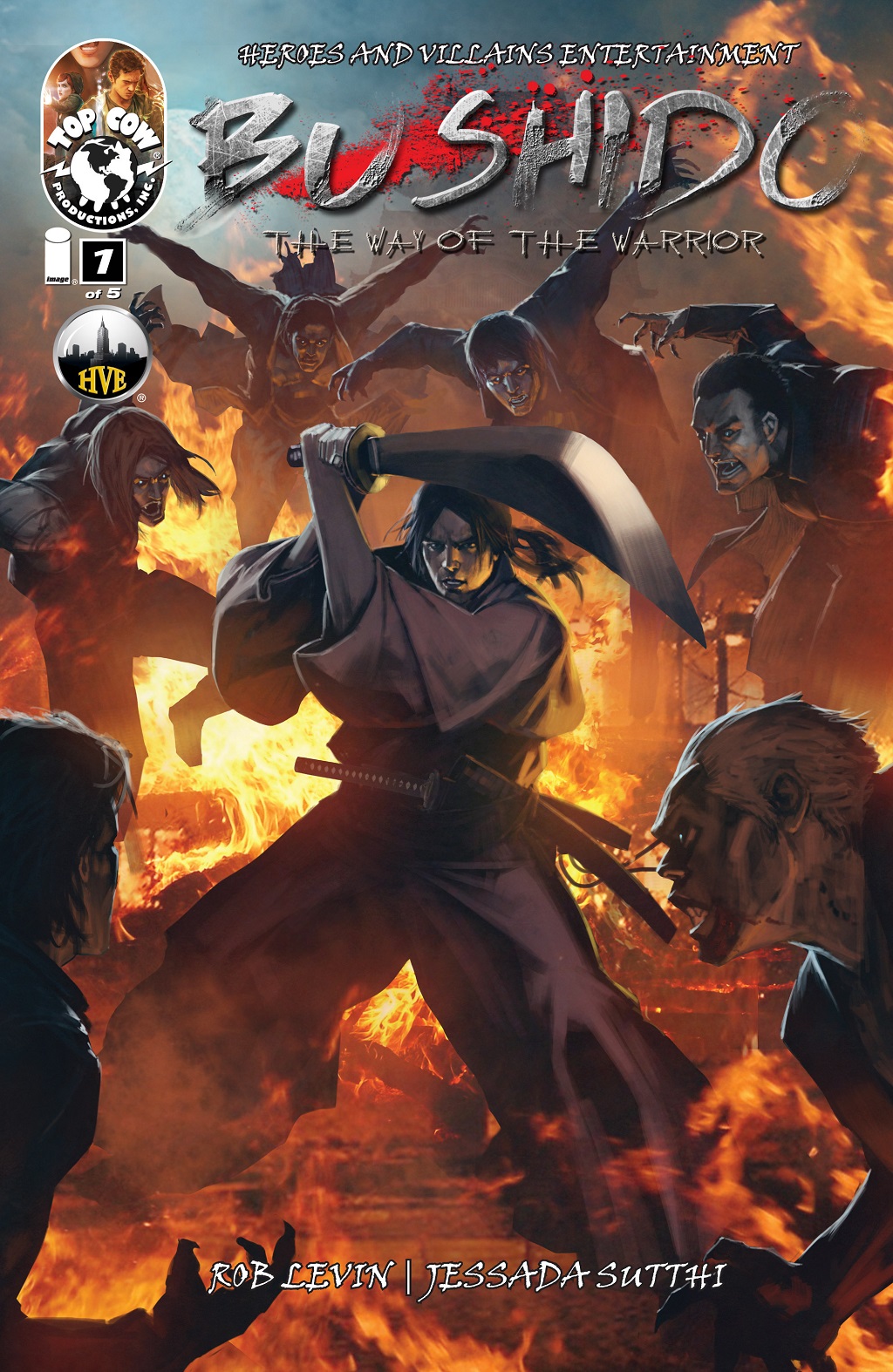
Part familial tragedy, part political power struggle, and part vampire-monster thriller—Bushido is everything but one-dimensional. An outcast in the only place he calls home, Kichiro prepares to leave Edo forever. Only, as he waits at the docks preparing to ship out, he witnesses, first hand, the invasion of the most sinister of enemies. Ancient vampires have come to kill the Shogun, conquer the island, and feed on its inhabitants. Kichiro abandons his plans to leave and turns back to aid the only home he ever really knew, a home that would soon brand him as a traitor.
Initially, I was fooled by the presence of Orochi, Kichiro’s brother. Orochi is suspicious of Kichiro, who isn’t Japanese and was adopted when he washed up on shore as a young child. As a result of his skepticism, Orochi stands as an antagonist to Kichiro for most of the story, and I don’t really blame him. He catches Kichiro “saying goodbye” to Mitsuko, the Shogun’s daughter. The two have a history, and the goodbye consisted of kissing and gifting. The problem is that Mitsuko’s hand in marriage had been promised to Orochi.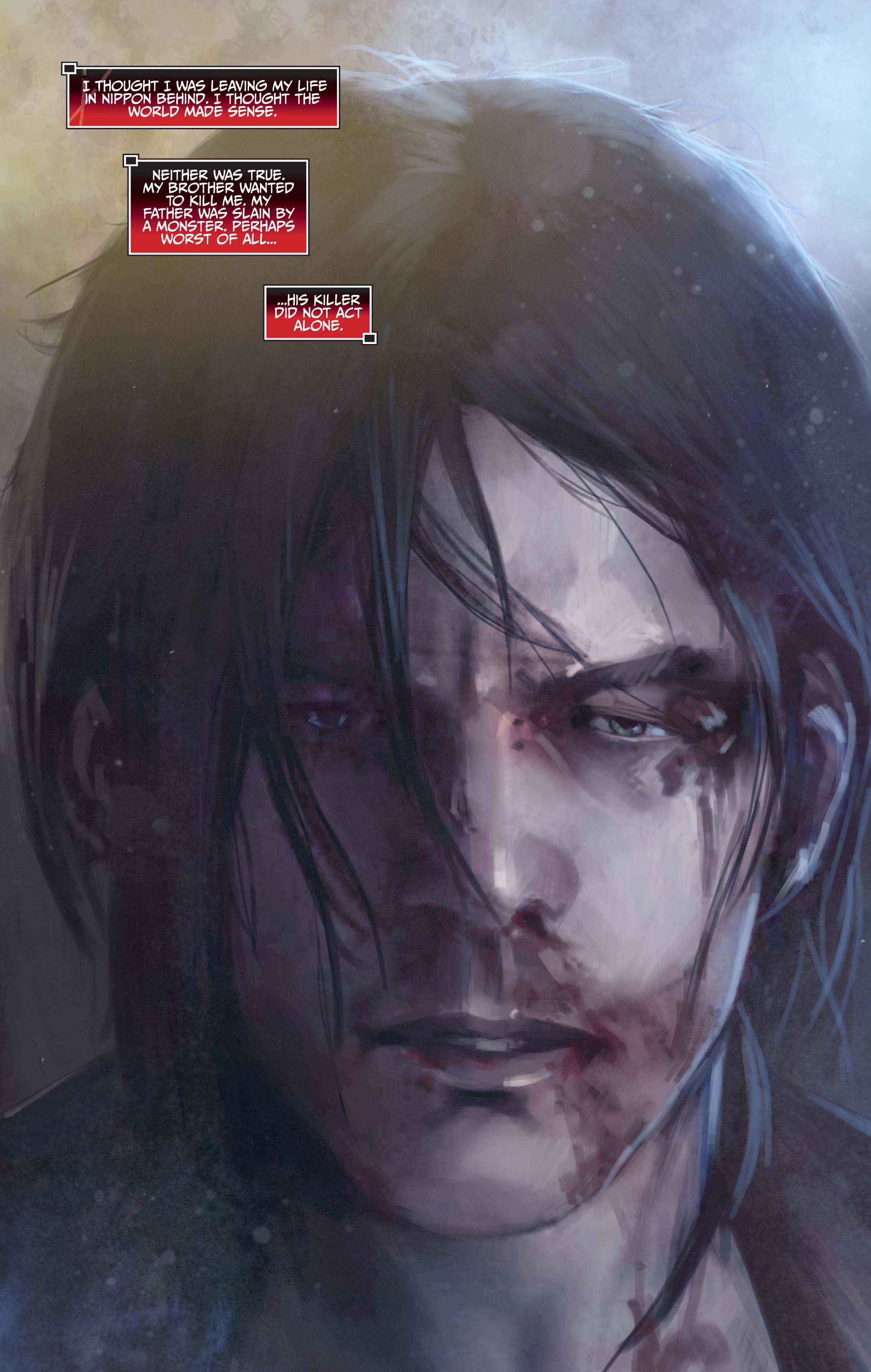
Bushido is the samurai code of honor. It’s real, and it has existed for many centuries. It favors selflessness, self-control, moderation, the study of martial arts, loyalty, and honor through life and death. Bushido, the comic, places this moral code right at the center of the text. Kichiro is framed as a model for this code, and while his adherence is mostly positive, I believe that it’s compromised by his obviously physical relationship with the Shogun’s daughter. I wouldn’t call this inconsistency in storytelling as much as I’d attribute it to imperfection of character, which adds depth rather than retracts from it. However, that doesn’t change the fact that Kichiro compromised his tenets (there’s no footnote in the samurai code about exceptions made for true love), which seems deserving of a bit more attention than it received.
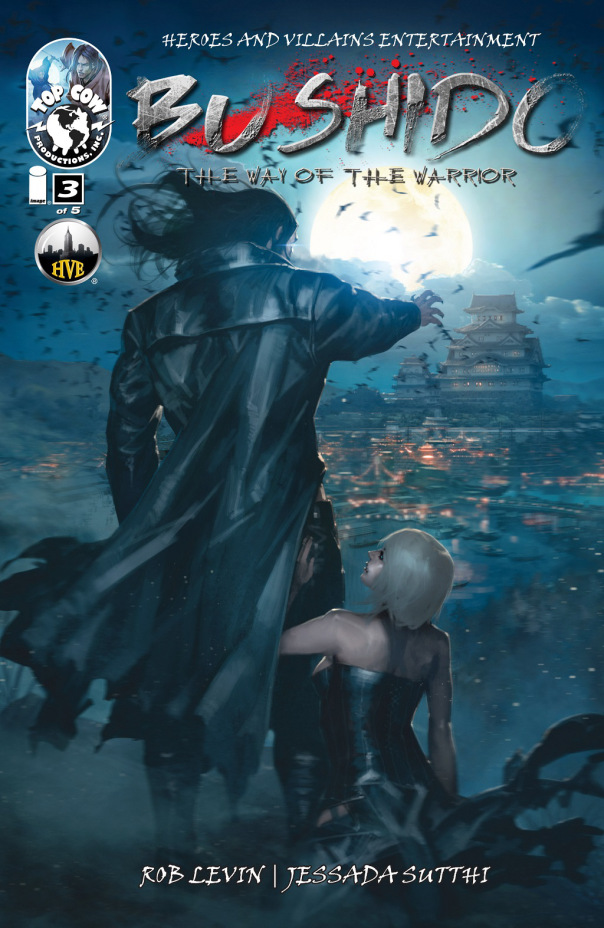
So the honorable Kichiro isn’t all that honorable. That’s okay, each character has their flaws, whether intentional or not. Orochi is heavily flawed and seems even farther from the bushido ideal than even Kichiro is. The reason Orochi’s character fooled me is because of his general portrayal. Not until the very end is he depicted in a positive light. He’s consumed by anger and selfishness, which seem odd traits to possess for the newly named successor to the shogun. It doesn’t—didn’t—feel like Orochi got a fair chance—that is, until the very end. I don’t want to give too much away because of the power of the revelation, but Orochi might turn out to be the biggest character in this story, which too might turn out to be the prologue to something much larger. It’s very exciting.
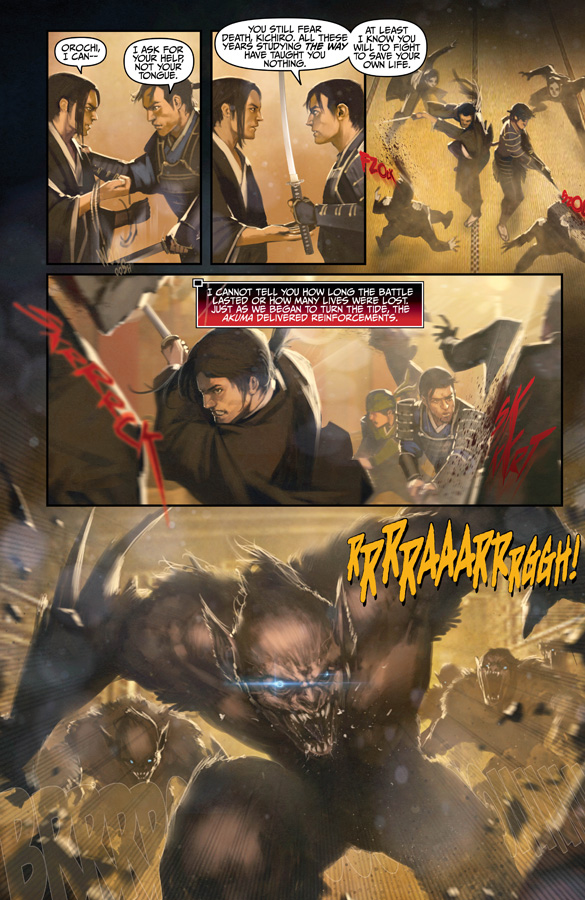
Rob Levin did a fantastic job in writing Bushido. His treatment of character stood paramount, which tends to lack in monster stories. Similarly, he successfully turned the often-recycled vampires into fresh, interesting, and intimidating villains. They were more like an army without a country than a ragtag renegade of hungry bloodsuckers. The credits inform me that Bushido is inspired by a screenplay. I’d love to read that script and see just how much was borrowed, but I’m more than pleased that it’s a comic rather than a film. Finally, Levin’s end of issue write-ups were enlightening and thought-provoking. He took his story and setting seriously and it didn’t go unnoticed.
Jessada Sutthi’s artwork is masterful. As the bushido code promotes virtuosity of martial arts, these samurai are expected to be experts at swordplay. Sword fighting is a very carefully choreographed dance, and Sutthi’s depiction does the authenticity of the story great justice. Now, I’m no expert on Japanese sword fighting, but I can tell you that it’s apparent enough that these warriors know what they’re doing. And of course, the spraying of blood, cuts and bruises, massive battles, and smaller conflicts all look realistic and true to life. These illustrations complemented the story perfectly.
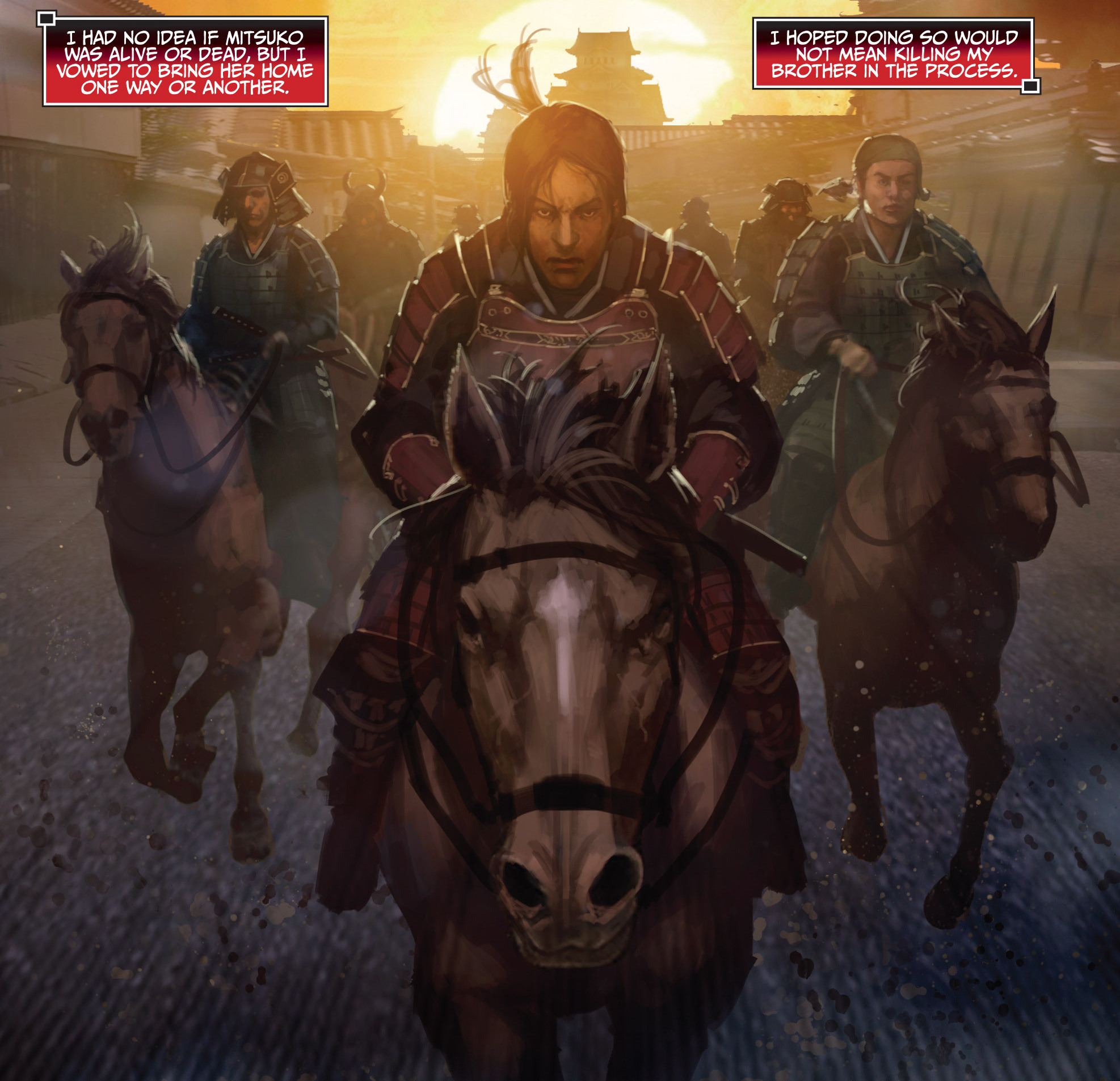
I’m going to cross my fingers and hope that Rob Levin and company decide to follow through on Ninja, Orochi’s newly adopted life path. Also, I hope it lasts longer than a mere five issues. Bushido left me wanting more. While I thought the story could have done without Kichiro’s rise to samurai status, as it added nothing to his skill or ability, I won’t fault the writers for doing so. Kichiro was raised according to the bushido code, so I guess it’s fitting that he earn the title, despite a near millennium of tradition that would say otherwise.